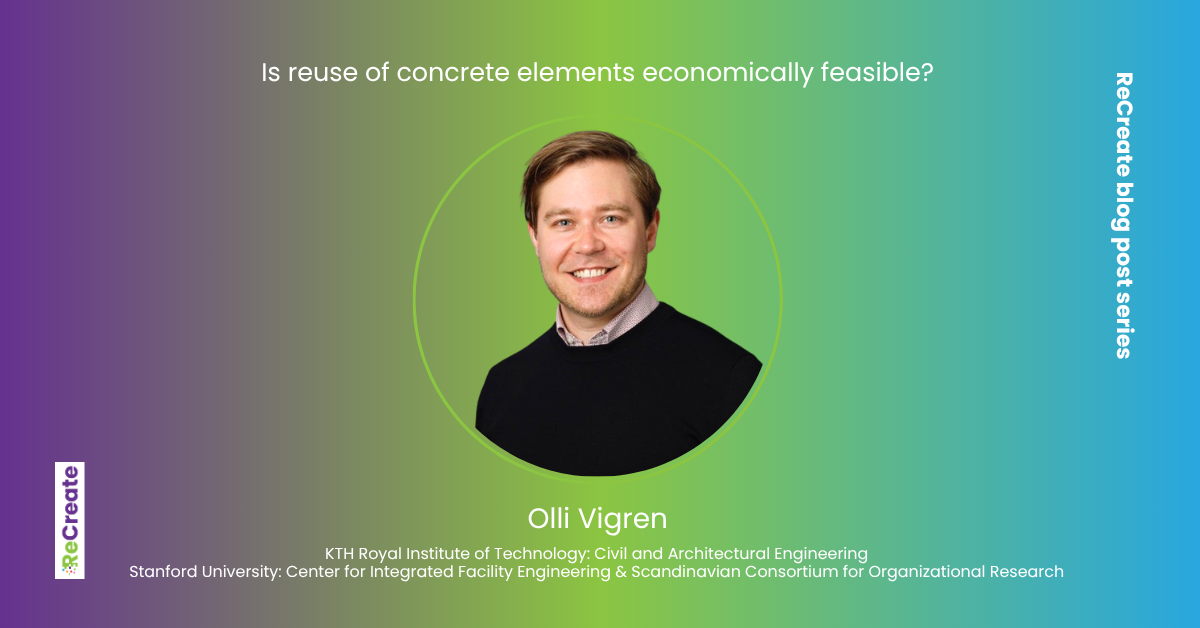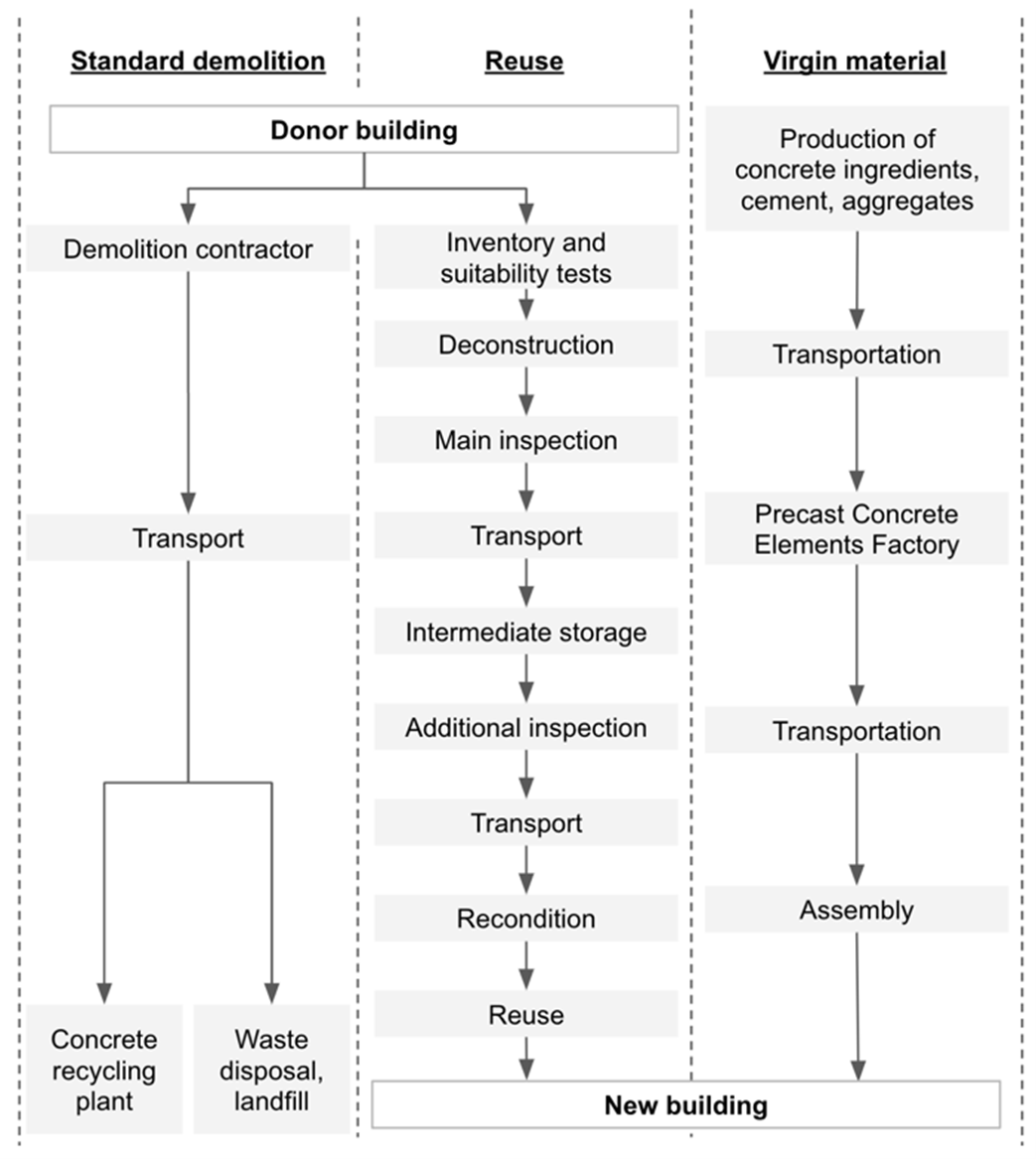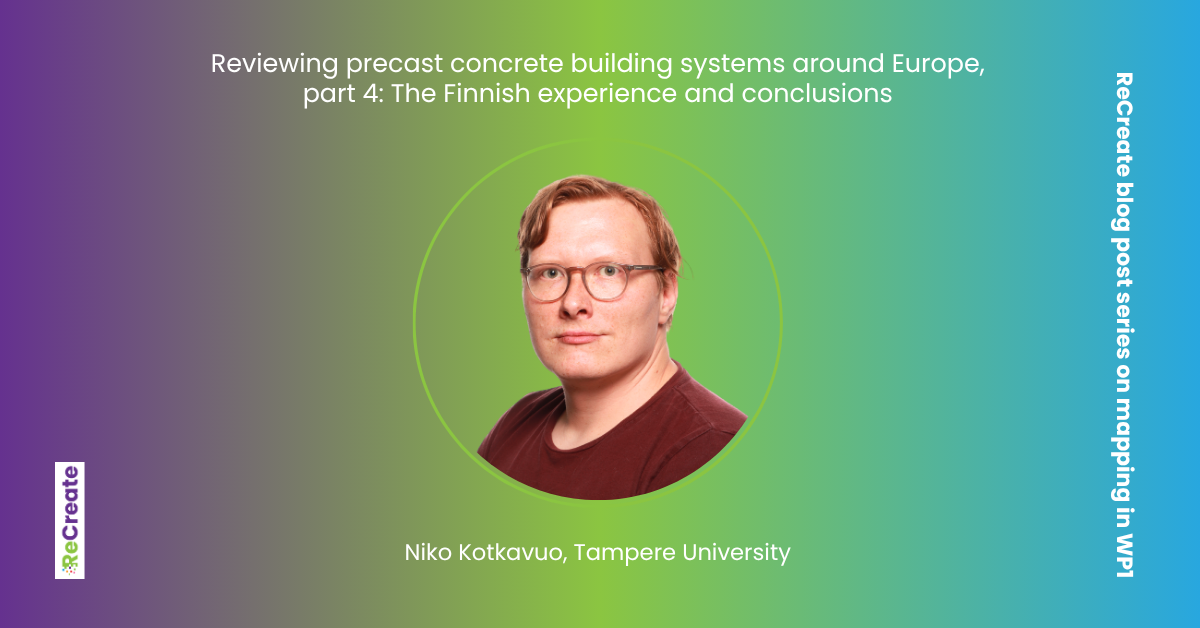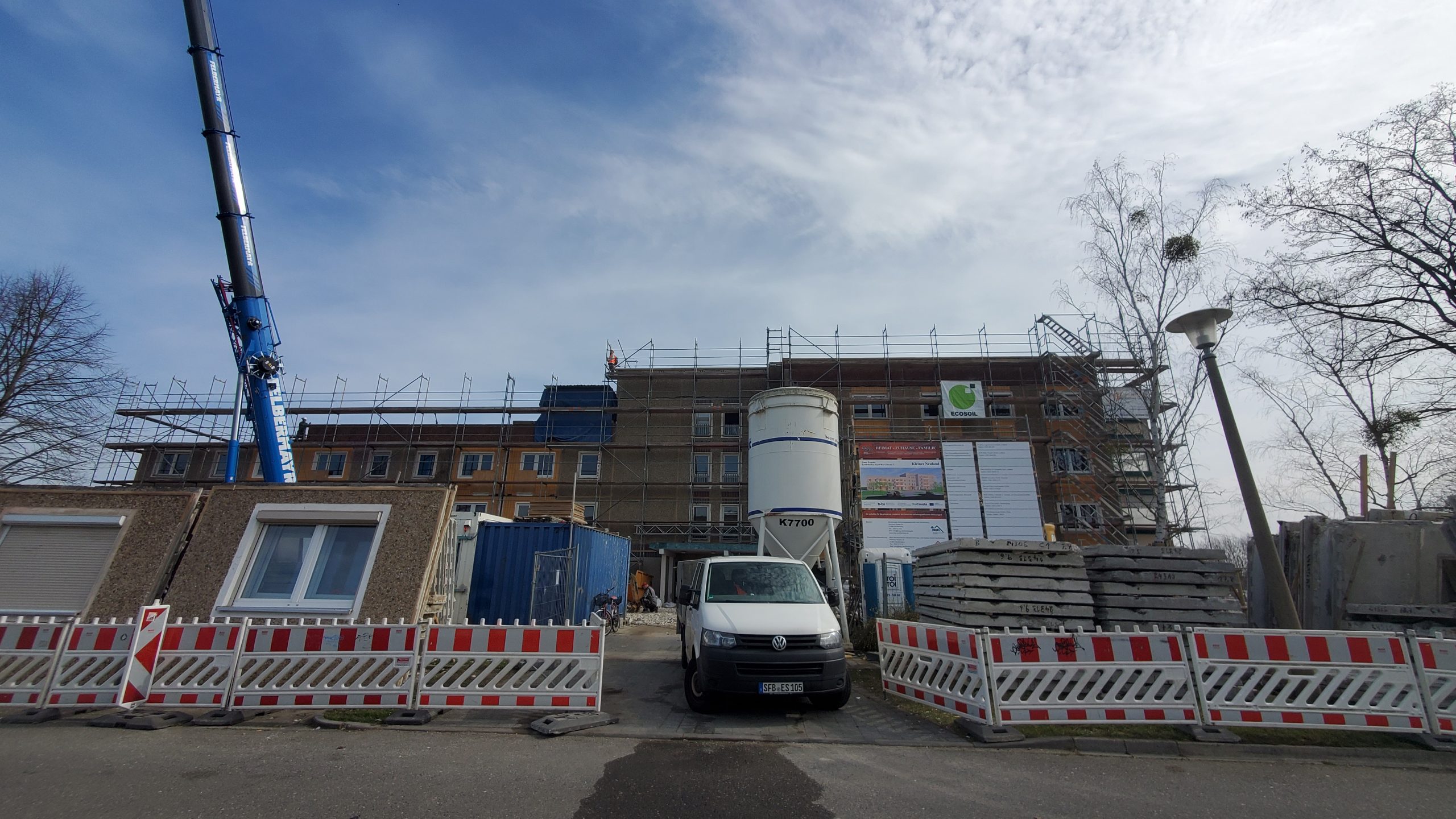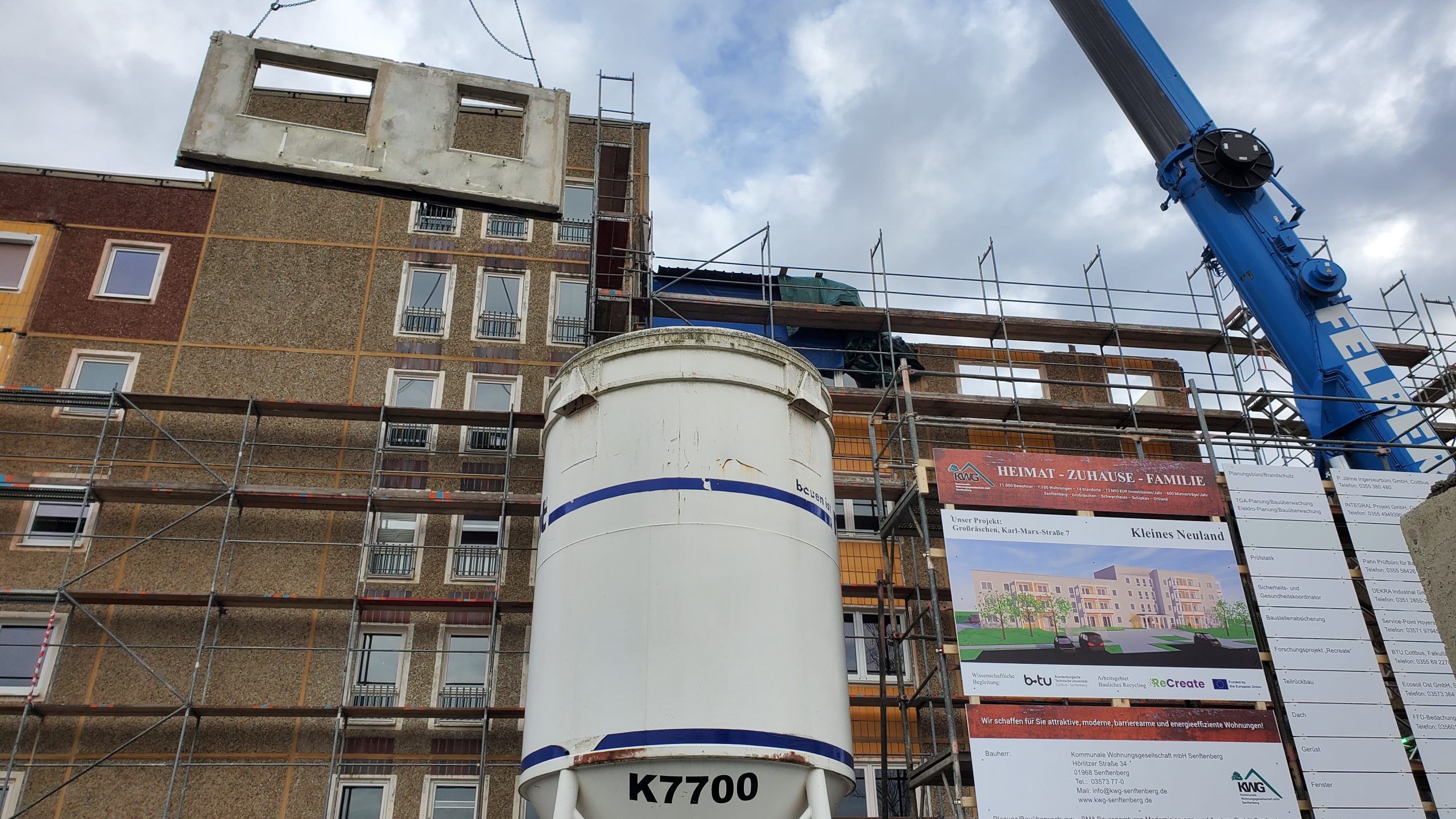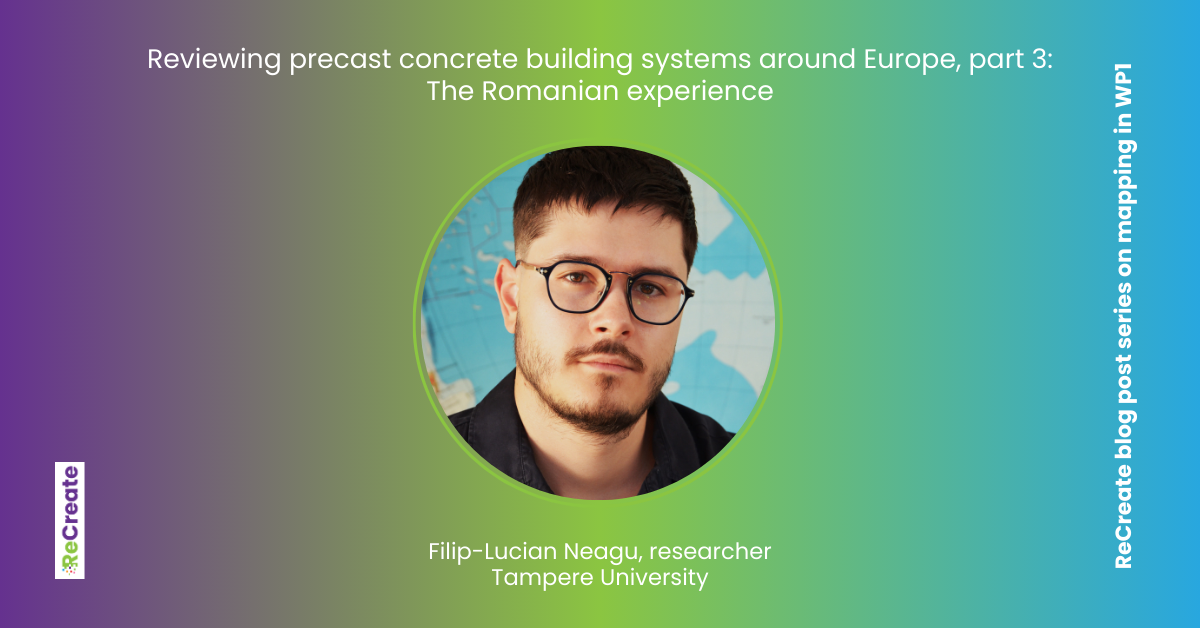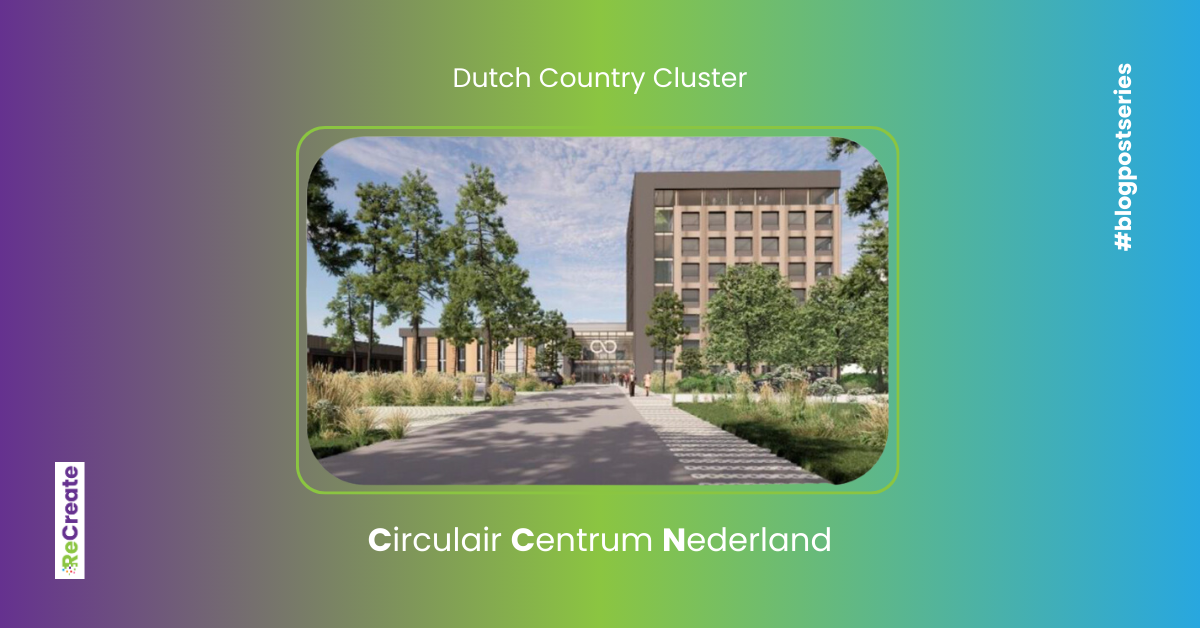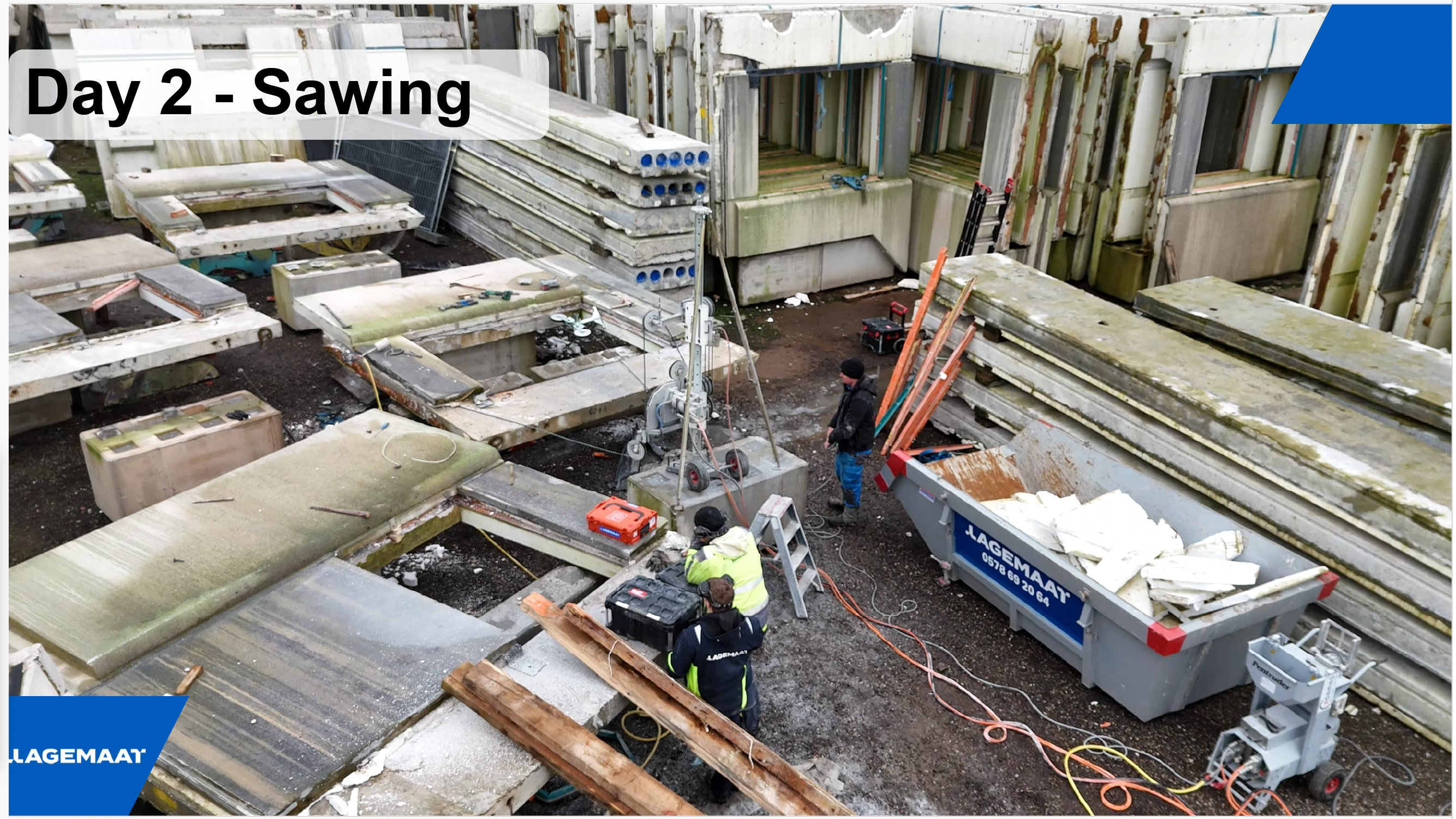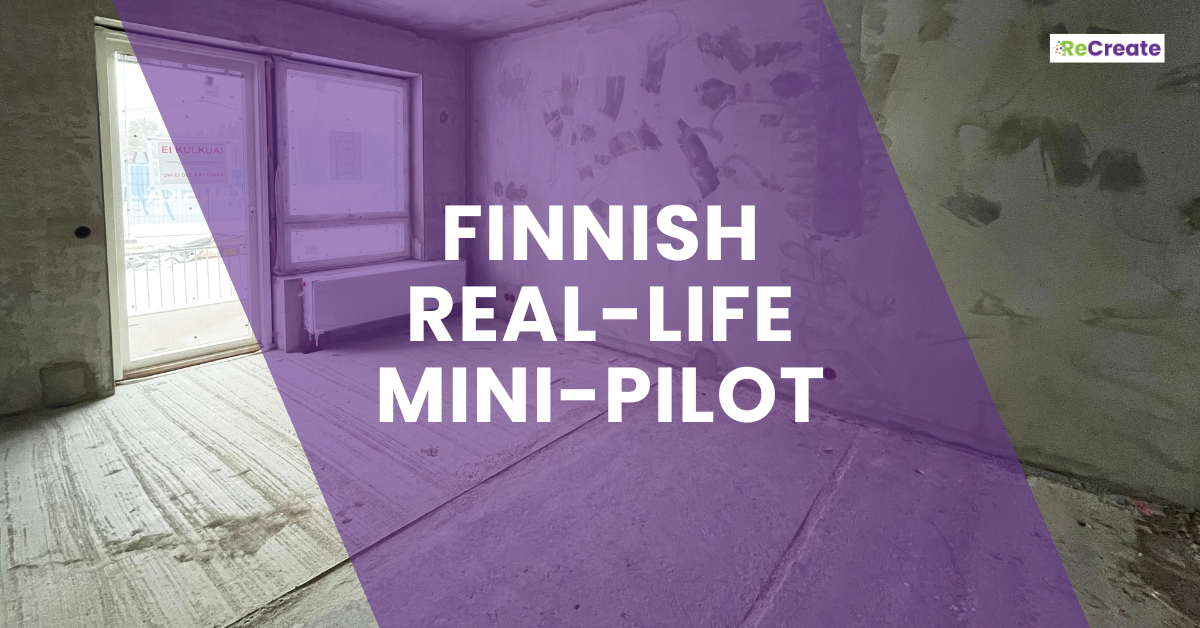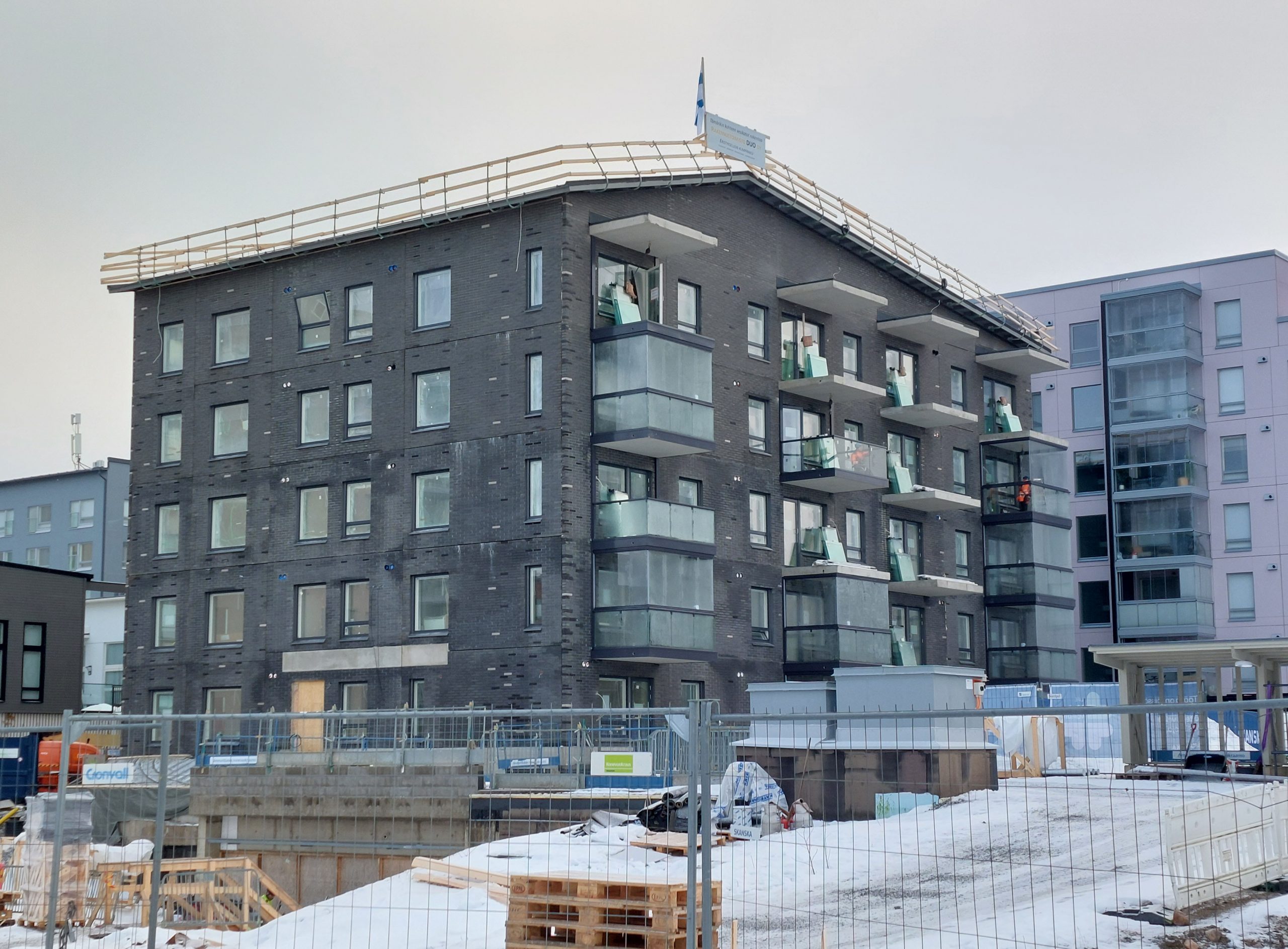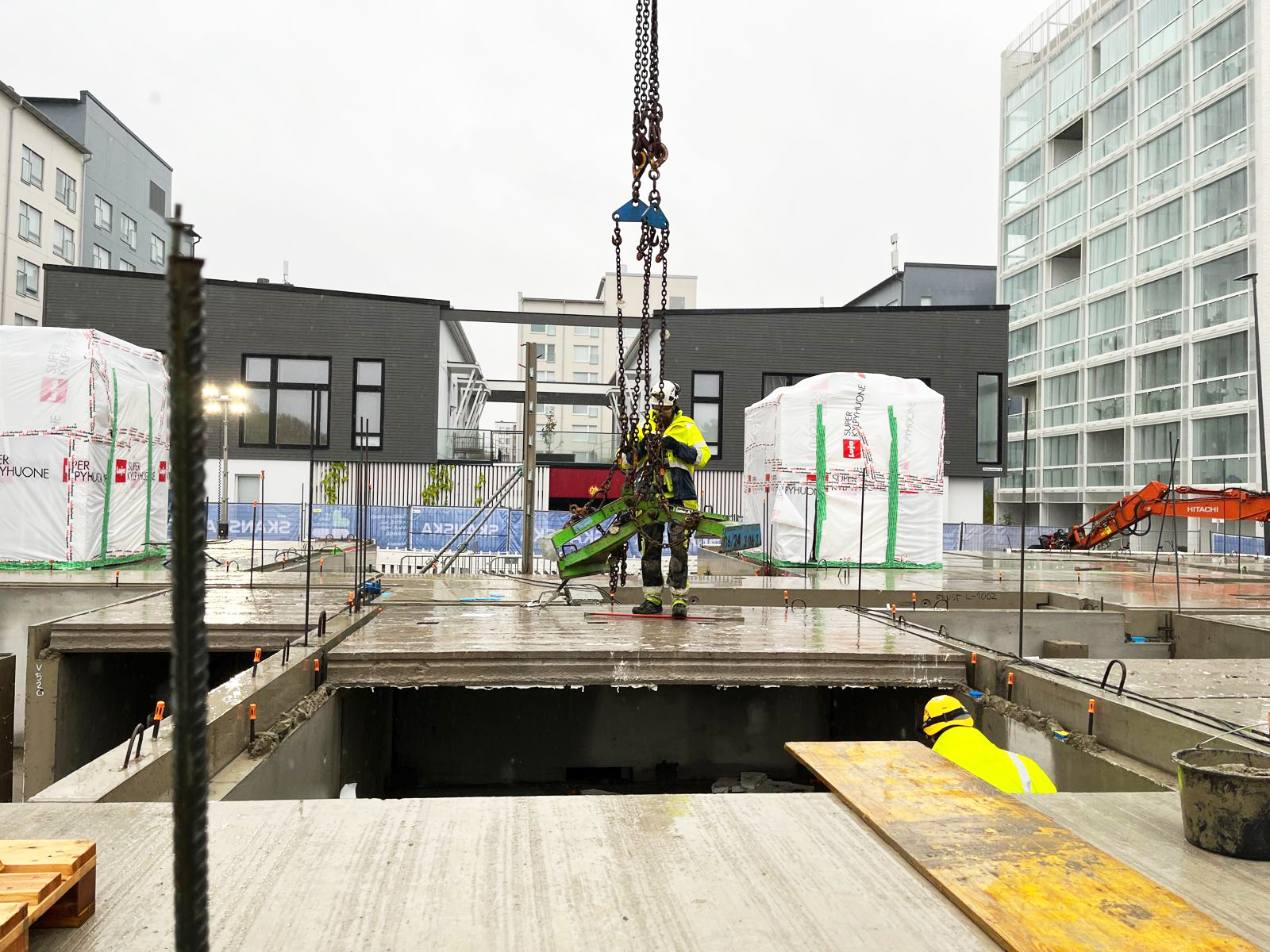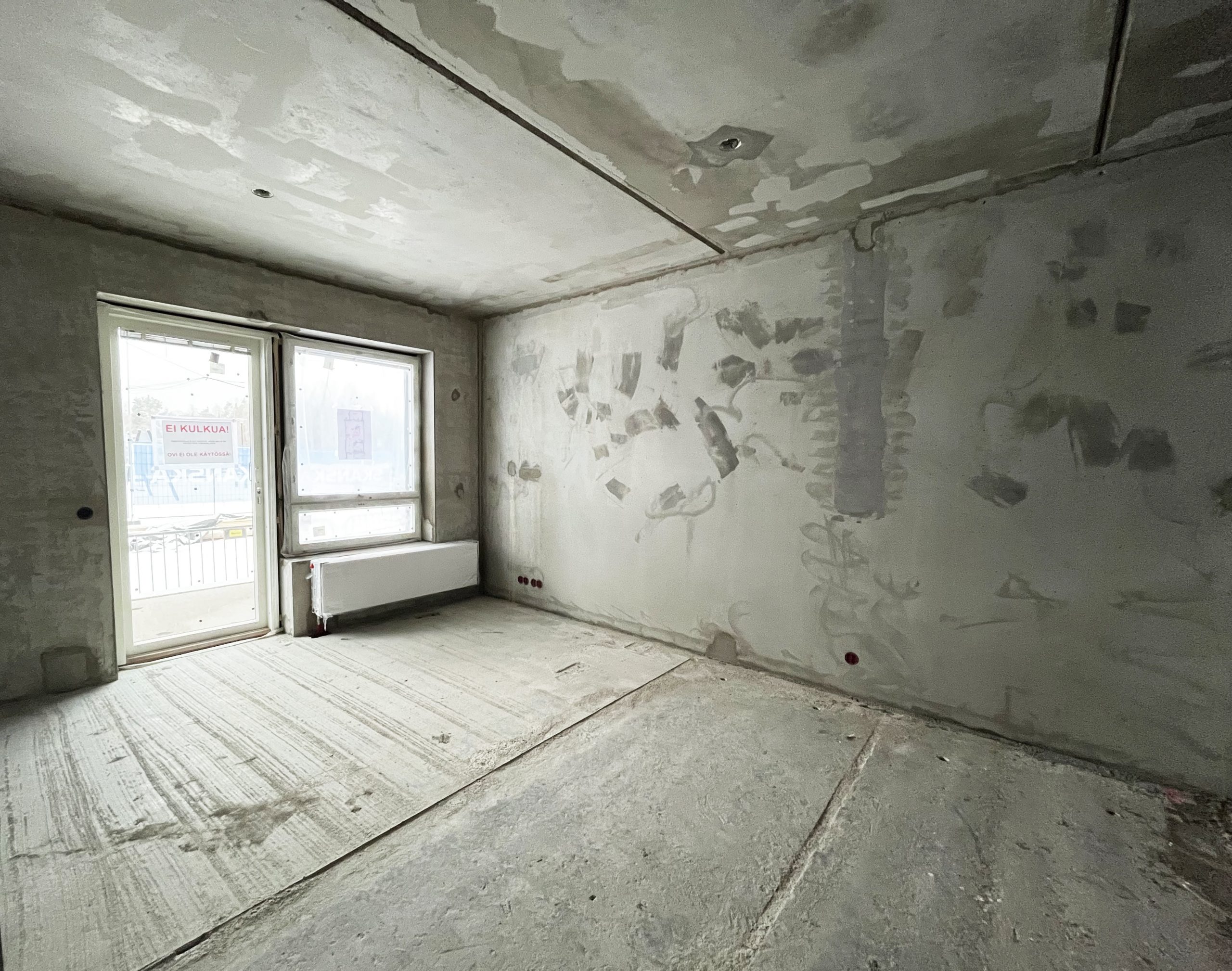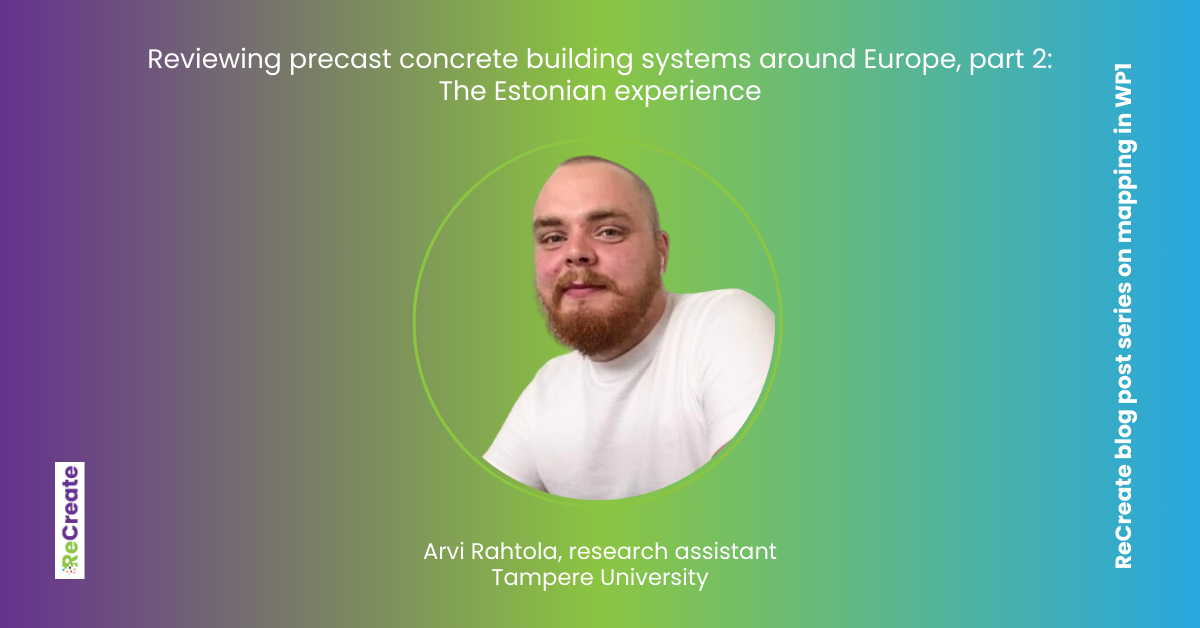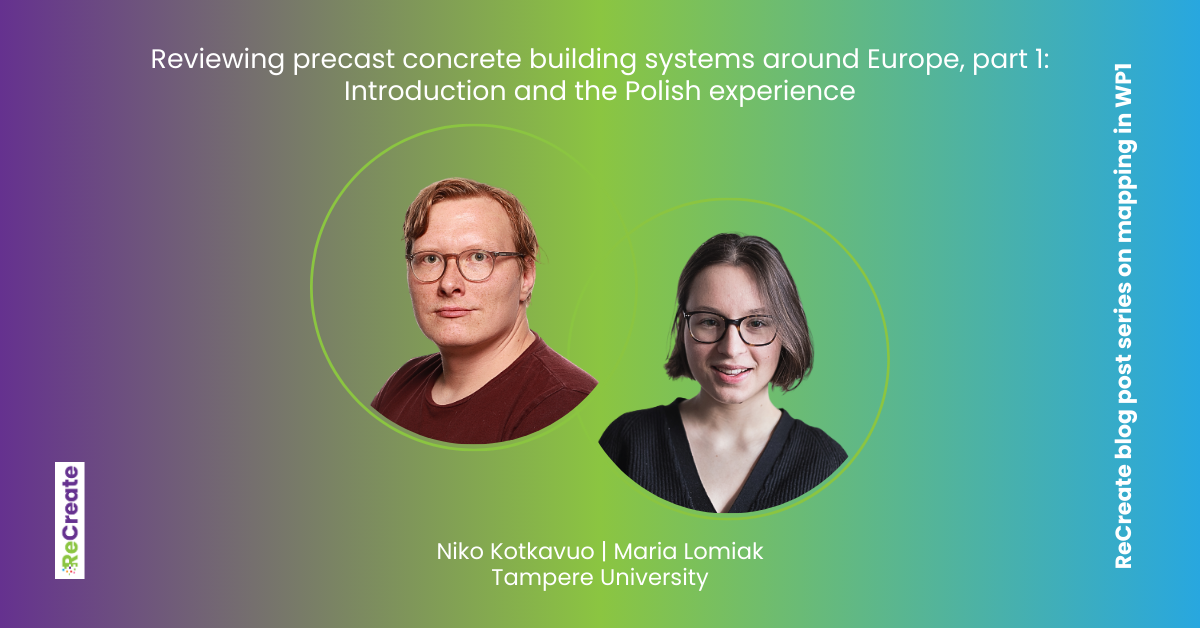Eetu Lehmusvaara,
Project researcher, Multimedia Creative Specialist
Tampere University
I worked as a videographer for the Finnish deconstruction pilot during autumn 2023 and spring 2024. I filmed the pilot project—a seven-storey office building located in Tampere—on multiple occasions during the autumn, which helped me realize the importance of documenting the stories of construction sites.
Consumers and users play an important role in the transition from a linear economy to a circular one. It challenges us to rethink what we value and what we don’t. And to value something, we need to understand it. Understanding requires experiences, and this is where videography can come into play.
The role of a documentary videographer is not only to show how things are but also to help people experience them. This is why seeing is not enough, emotions play a critical role in how we understand the world.
The Craft of Deconstruction
The craftsmanship behind deconstruction is something easily overlooked. To a passerby, a deconstruction site might look like any other building project. Cranes lift slabs, pillars, and beams, and workers move among various tasks.
But with a closer look, something different becomes apparent: Rather than building something new, the structure is being taken apart. The slabs, pillars, and columns are carefully removed and stacked like valuable resources, to be reused rather than discarded like waste.
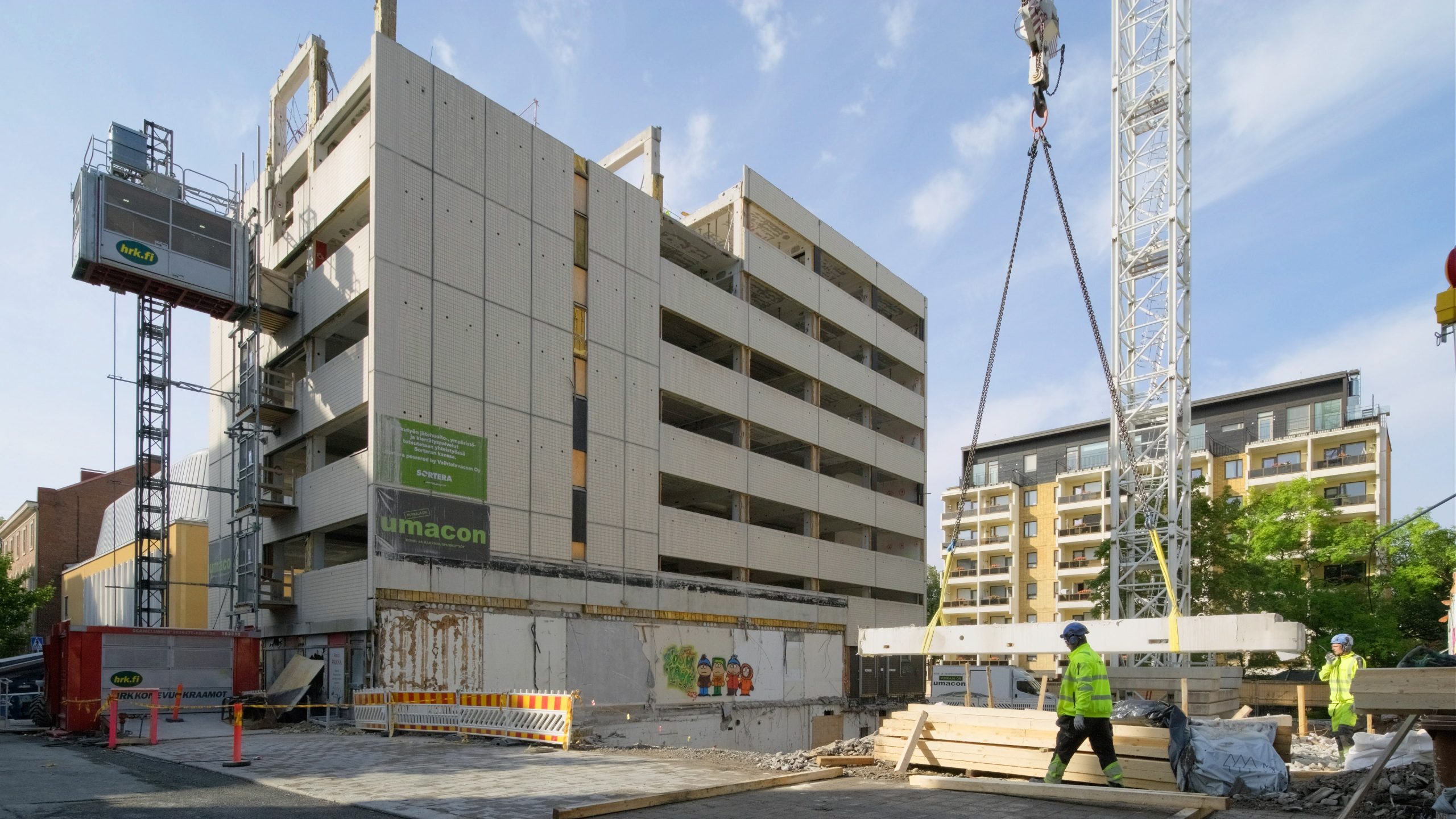
When I first walked past the site, the loud but shallow clinks of hammers mixed with the high-pitched screeching of saws echoed through the building. These sounds were familiar from my previous visits to construction sites— but something about them felt different this time. I wasn’t sure what to expect. How would the workers perceive me? Would they be willing to be filmed? Were they proud of their work, or indifferent to it?
A moment of realization came a few weeks later. The workers were detaching an element from the building, as they had many times before. After about 30 minutes of effort, it became obvious that something wasn’t going smoothly. Seven men were gathered at one point on the building, all secured to the floor for safety, as they worked on the fourth story. One worker used a machine for extra leverage, others used circular saws and iron bars to free the element. The element was already attached to the crane, and the team was in constant communication with the crane operator. You could read the frustration on their faces, but their work remained precise and cooperative, as always.
Then it started to rain. I had to step away for cover, as did the managers who were observing the process. I waited under the stairwell for another 20 minutes, hoping to film the moment the element was finally lifted into the sky.
Sadly I missed the lift. My need to stay dry meant I missed the key moment of the lift. The construction workers, who didn’t have the luxury of stepping away, pushed through the difficulties and successfully removed the element—again.
Later, I realized the highlight wasn’t the lift itself. It was the story of skill and craftsmanship the workers demonstrated in making it happen.
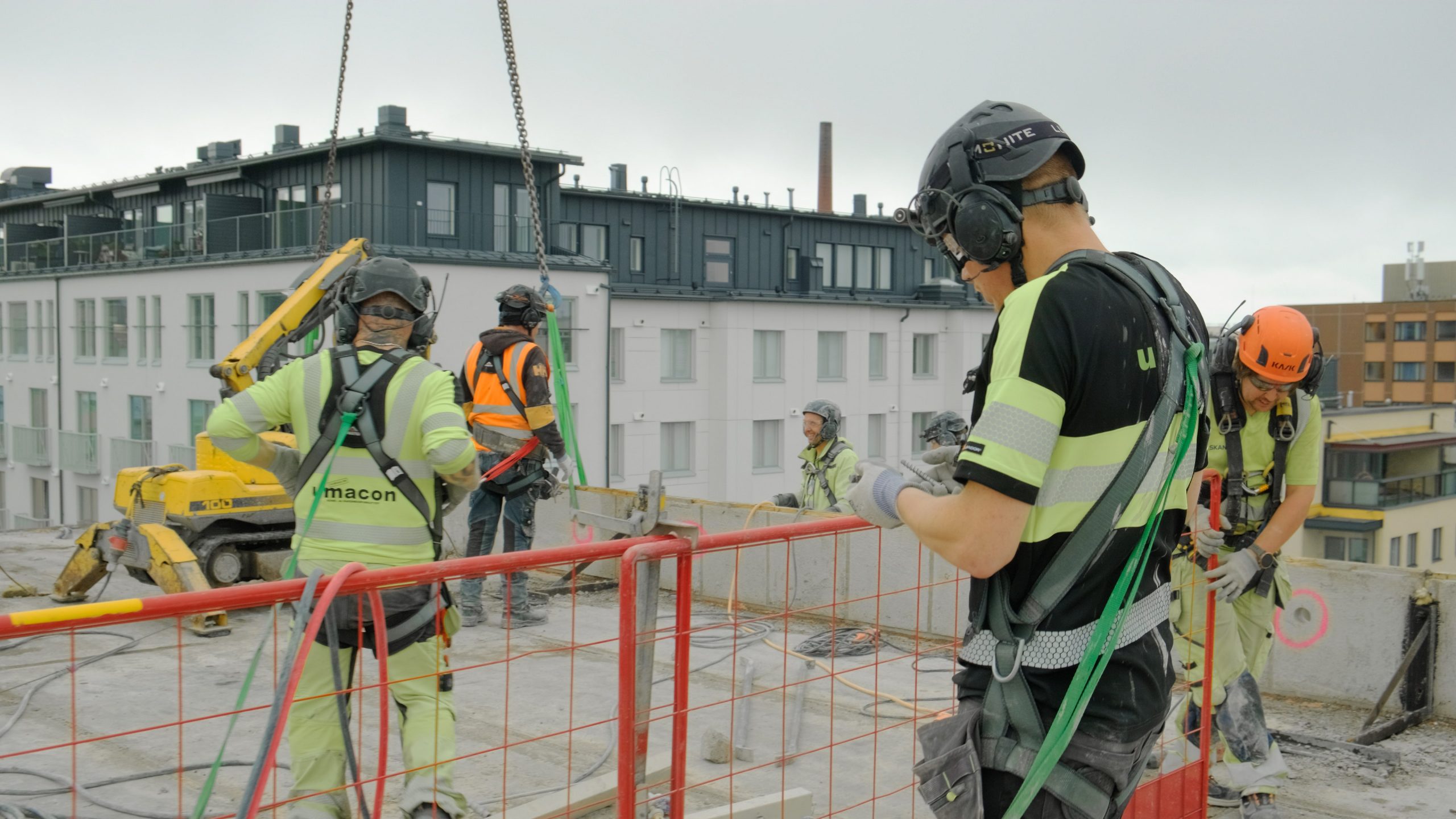
Understanding Through Stories
To drive the shift toward circular construction, people need to see the work behind in it. We value historic buildings because they were hand-crafted, with all the imperfections that came with that. These structures tell stories, and their age gives them meaning.
The same goes for deconstruction. The knowledge and craftsmanship required to take buildings apart—carefully, responsibly, and with reuse in mind—is something people can value, once they understand it. This slow, demanding, yet environmentally positive work deserves recognition.
And for that, we need stories—compelling visuals and narratives that help us make sense of the world.
Hopefully, this short documentary can be one small contribution to a much larger shift.


